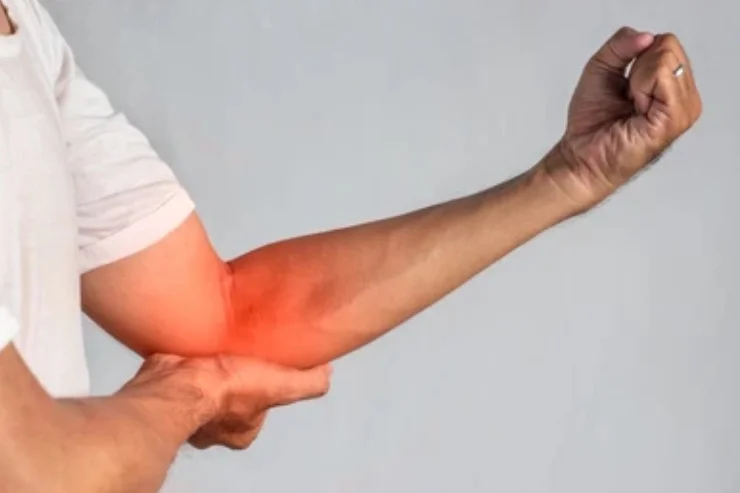
Elbow pain is a common orthopedic concern that can interfere with everyday activities such as lifting, writing, or even simple movements like turning a doorknob. The elbow is a complex joint made up of bones, ligaments, tendons, and nerves, making it susceptible to various conditions. Common causes of elbow pain include overuse injuries like tennis elbow (lateral epicondylitis), golfer’s elbow (medial epicondylitis), bursitis, nerve compression (such as cubital tunnel syndrome), arthritis, and trauma. Repetitive motions, poor ergonomics, and excessive strain are key contributors to elbow dysfunction, often seen in athletes, office workers, and manual laborers alike.
Effective elbow pain management begins with a thorough clinical assessment and diagnostic imaging to identify the exact source of pain. Conservative treatments are often the first line of defense and may include rest, activity modification, cold or heat therapy, and anti-inflammatory medications. Physical therapy plays a crucial role in restoring mobility and strength, using specific exercises to reduce strain on tendons and ligaments. Bracing or splinting can also help offload the affected area, allowing tissues to heal while maintaining joint stability. For persistent inflammation or pain, targeted treatments like corticosteroid injections, platelet-rich plasma (PRP), or prolotherapy may be recommended to promote tissue repair and alleviate discomfort.
In cases where conservative therapy is ineffective, surgical intervention may be required to correct underlying structural issues. Minimally invasive techniques such as arthroscopic tendon repair, nerve decompression, or joint debridement are commonly employed, ensuring quicker recovery and reduced postoperative complications. Rehabilitation post-surgery is vital for regaining full function and preventing future flare-ups. Long-term management focuses on correcting biomechanical imbalances, improving ergonomics, and educating patients on proper joint care during work or sports activities. By combining advanced pain management protocols with individualized orthopedic care, elbow pain can be effectively treated to restore comfort, strength, and daily performance.
Rishi’s Indo American Pain Center, a premier destination for comprehensive orthopedic solutions and advanced pain management therapies.